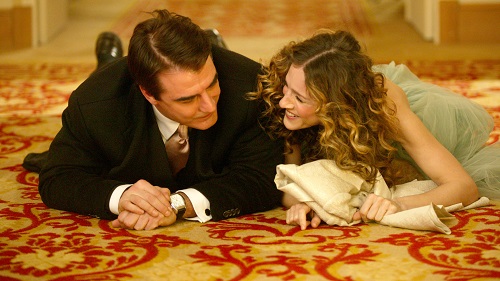
hbo.com
Carrie: ‘Great love, what does that even mean?’
Charlotte: ‘It means a love that changes you, that shakes you to your core, after which you’re never the same.’
For many women of a certain generation, Sex and the City was a ‘great love’ – and, it can be argued, we were never the same. The show first came into my life when I was the impressionable age of 16. I wanted to be a writer, had no idea about boys and spent all my money on the latest boob tubes and pedal pushers to hit Miss Shop.
Sex and the City spoke to me, which, now that I think about it, was part of its problem – teenagers could relate to Carrie and, to a certain extent, Charlotte, Miranda and Samantha. I can’t help but wonder what 30 something women thought of them back then.
These days, some of us talk about SATC like an ex that disappointed us but still holds a place in our hearts. So here, like a mix tape, is my inconsistent, messy and completely subjective list of every SATC episode ranked from worst to best, chronicling my love-hate relationship with a show that both influenced and infuriated me.
94. Ring a Ding Ding
Also known as the episode where Carrie has money problems, this is the one I love to hate. Following Carrie’s break up with Aidan, he gives her 30 days to come up with the money to buy her apartment. She suddenly realises she’s spent $40,000 on shoes and, after failing to get a bank loan, visits Big.
In other words, she goes to her ex – the very reason for her most recent break up – wearing what the Instagram account ‘Every Outfit on SATC’ informs me is ‘head-to-toe Chanel’ to childishly and helplessly say, ‘You know money, I want you to teach me what you know about money.’ I’m not exactly on top of my finances, but even I know the basic principles of saving and that spending $400 a pop on 100 Manolo Blahniks equals $40,000.
Kate Erbland articulates her rage at this episode a lot better and in more detail than me in her article for Film School Rejects. If you have a similar opinion, I suggest you check it out.
On a side note, wouldn’t Richard’s personal shopper have been fired anyway for writing ‘Love Richard’ on the card?

